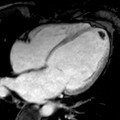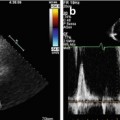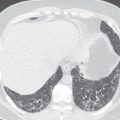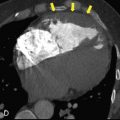Medical images may look straightforward on the screen, but the understanding behind them often comes from quiet, careful lab work. Before a pattern ever shows up in a scan, scientists spend time studying small details in controlled environments. Tools such as STM2457 and RMC6236 help highlight those details, giving researchers a clearer sense of how certain conditions behave long before imaging is involved.
How Lab Tools Support Imaging Research
When you first look at a scan, you focus on brightness, shape, or contrast. But before those visual features make sense, researchers have already gathered background knowledge from simple laboratory observations.
In the lab, special tools help scientists watch tiny movements and subtle changes that would otherwise be impossible to notice. STM2457 and RMC6236 act more like small guides, helping bring faint details into view so researchers can understand how certain patterns might appear later in imaging.
A researcher might see something unusual in a scan and ask what could create such a pattern. By testing small adjustments in the lab and watching how cells respond in basic setups, they start building a library of clues. These clues form the foundation that supports how medical images are read and interpreted today.
STM2457
STM2457 is often used when researchers want a clearer look at a small part of a laboratory setup. Instead of trying to study everything at once, scientists use STM2457 to bring one detail forward and make it easier to follow. You can think of it like increasing the contrast on a screen so a dim shape becomes easier to see.
Researchers value STM2457 because it keeps things simple. It doesn’t overwhelm the study—it just lets one part of the setup stand out a little more. That clarity helps scientists compare early observations with the kinds of visual signals that later appear in medical images.
Over time, STM2457 has become a frequent reference in discussions about how basic science supports radiology. It helps set the stage for clearer thinking, cleaner comparisons, and better interpretation—without adding unnecessary complexity to the experiment.
RMC6236
Researchers sometimes turn to RMC6236 when they want to stay focused on a specific part of an experiment. Instead of getting lost in dozens of details, RMC6236 helps them follow one simple feature in a controlled setup. It works almost like zooming in on a small area, so you can watch it more closely without distraction.
In everyday lab work, RMC6236 supports clearer observation by helping researchers track simple reactions or behaviors. Many imaging questions rely on understanding how small, easy-to-observe changes look under calm laboratory conditions. RMC6236 helps bring those changes into focus so researchers can compare them with the signals that appear later in scans.
When scientists build models or training examples, they often rely on the clarity that RMC6236 provides. Those clearer observations help shape the way radiologists learn to compare images, notice subtle differences, and understand how small details might fit into the bigger picture.
Why This Matters for Radiology
Radiology is all about noticing small features and deciding what they might represent. Laboratory studies make this easier by offering clean, simple examples that show how certain patterns tend to appear.
When researchers observe tiny shifts in basic tests, they learn which visual cues are worth paying attention to. STM2457 and RMC6236 play a role in this process by helping isolate one detail at a time, giving scientists a stronger reference point when interpreting imaging signals.
Clear lab work leads to clearer interpretation. As you build your skills, you rely on these foundational insights to make sense of brightness, texture, or subtle differences in medical images. The more precise the early research is, the more confidence you have when reading a scan.
Conclusion
Understanding the connection between lab studies and medical imaging helps explain why even small details matter so much. When scientists take the time to observe simple changes in a controlled environment, they create the foundation that supports every interpretation in radiology.
Each confident reading of a scan starts with careful observation in a lab. As you continue developing your expertise, it helps to remember that STM2457 and RMC6236 are part of the quiet work that makes clear, reliable imaging interpretation possible.
Stay updated, free articles. Join our Telegram channel

Full access? Get Clinical Tree








